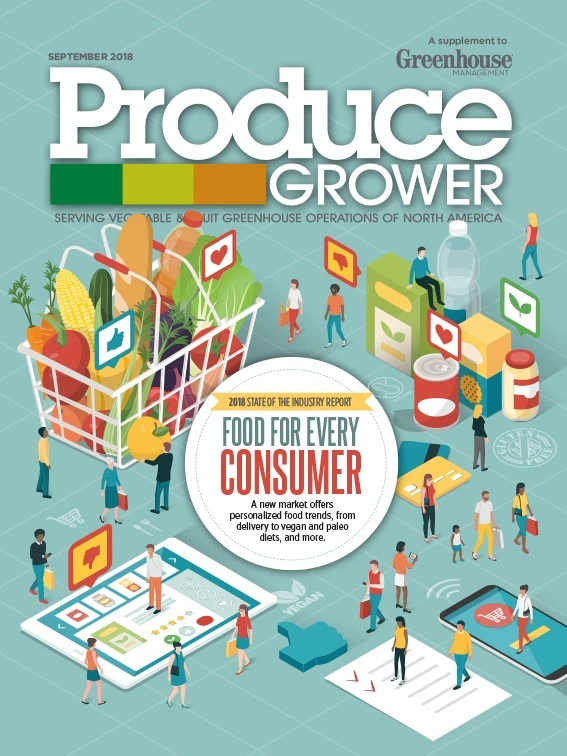
Gone are the days when the only salad a restaurant offered consisted of iceberg lettuce, a couple of croutons and a squishy cherry tomato, and beef or chicken were the sole meat options. Now, many restaurants’ menus include a veritable alphabet soup of letters and symbols denoting different types of meals (vegan, low-carb or paleo, for example) and ways to prepare them (such as gluten-free or no oil).
Waiters are more accustomed to special orders and requests from diners than ever before, and menus list “protein” options, which include both meats like chicken, beef and pork, as well as plant-based proteins like tofu and tempeh. While I follow an “everything in moderation” and “eat more plants than animals” type of diet, I have many friends that follow a more specialized diet, including one friend who is both gluten-free and vegan, the former by necessity and the latter by choice.
And they’re not alone. Findings from the 2016 Nielsen Global Health and Ingredient-Sentiment Survey showed that “nearly two-thirds of global respondents (64%) say they follow a diet that limits or prohibits consumption of some foods or ingredients." Another Nielsen study found that 83 and 85 percent (U.S. and Canadian respondents, respectively) are seeking out more plant-based foods to “improve overall health and nutrition.”
It’s an evolution that I’ve been noticing anecdotally over the years, and one that’s affected all parts of the food chain, so to speak. At grocery stores and farmers markets, more emphasis has been placed on offering and marketing food items that fit a plethora of dietary needs and preferences. And there are more grocery delivery options than ever before, both from fully digital businesses — AmazonFresh, for example — and brick-and-mortar stores such as Walmart and local grocery chains looking to offer their time-pressed customers more ways to buy fresh foods.
So what does all of this have to do with fruits and vegetables? As a grower, you’re already producing foods that fit into most of these categories, such as vegan, vegetarian, gluten-free and more. Is it a message that you’re communicating to your customers?
In this year’s State of the Industry issue, we’re looking at these ideas and more, starting with our annual research report. As always, you can send me your thoughts at kvarga@gie.net.

kvarga@gie.net | (216) 393-0290
Twitter: @Karen_GIE

Explore the September 2018 Issue
Check out more from this issue and find your next story to read.
Latest from Produce Grower
- TIPA Compostable Packaging acquires paper-based packaging company SEALPAP
- Divert, Inc. and General Produce partner to transform non-donatable food into Renewable Energy, Soil Amendment
- [WATCH] Sustainability through the value chain
- Growing leadership
- In control
- The Growth Industry Episode 8: From NFL guard to expert gardener with Chuck Hutchison
- 2025 in review
- WUR extends Gerben Messelink’s professorship in biological pest control in partnership with Biobest and Interpolis





